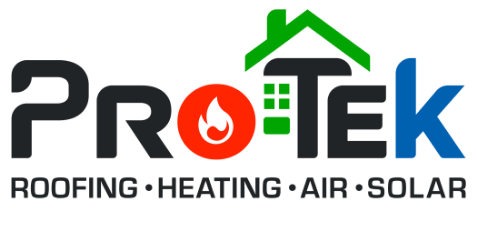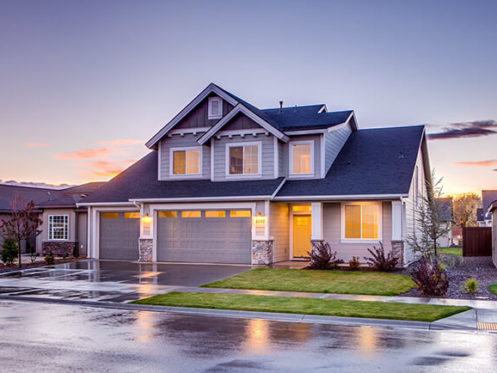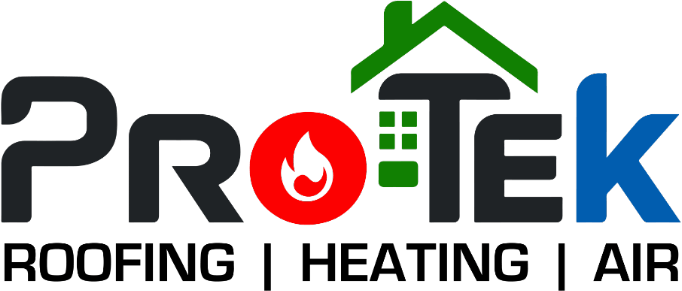You’ve just bought a new home. Congratulations! One of the most important things to take care of when moving into a new home is ensuring that the heating and cooling systems are working correctly. In this blog post, you will learn 12 ways to assess the heating and cooling in your new home.
1. Request Records for Past Repairs and Maintenance
If you’re buying a home that’s already been lived in, then ask the seller for records of past repairs and maintenance. This will give you an idea of the issues the home has had with its heating and cooling in the past. If there are any significant repairs or updates that have been made to the system, ensure you get all the documents and receipts for those as well. Moreover, too many repairs on an old system can be a red flag, as they may indicate there are major errors that could cause problems for you and require the replacement of the air conditioner or heater. Be sure to address such concerns with the home seller.
2. Inspect the Heating and Cooling System
The best way to assess the heating and cooling in your new home is to inspect the system yourself. Ensure you know where the thermostat is and how to change the settings. Turn on the heat or AC and see if it blows cold or hot air. If there are any problems with the system, note them down to address them later. Moreover, if you have no idea how the system operates, it could be wise to consult an expert.
3. Establish the Age of the Heating and Cooling System
The age of the heating and cooling system can be a good indicator of how well it’s going to work in the future. If the system is very old, it might be time for a replacement. However, keep in mind that just because a system is old doesn’t mean it’s not still functional. If the system is well-maintained, a furnace can last 15 to 20 years, while a central air conditioner can last up to 15 years. Be sure to talk to a professional to get their opinion on whether or not the heating and cooling system should be replaced.
4. Check the System’s Energy Labels
All heating and cooling systems should have an energy label. This label will give you information on the system’s efficiency. The higher the efficiency, the lower your energy bills will be. If you’re looking to save money on your energy bills, make sure you choose a system with a high-efficiency rating.
5. Establish Your Comfort in Various Rooms
Not all rooms in your home are going to be the same temperature. Thus, the performance of the heating and cooling system may vary based on each room’s heating needs. Consequently, you might find that you’re comfortable in one room but not so much in another. Establishing your comfort level in each room will help you determine if the heating and cooling system is working correctly. If you’re not comfortable in a particular room, make a note of it so that you can address the issue with a professional.
6. Find Out About the Warranty
Most heating and cooling systems come with a warranty. This warranty will protect you in case of any problems with the system. If there are any problems with the design, make sure you get them fixed right away. The last thing you want is for something to go wrong with the heating or cooling system after you’ve moved into your new home. Moreover, establish whether or not the warranty is transferable to make an informed decision based on the findings.
7. Check the System Installation
If the system was installed improperly, it might not be performing as well as it should. Check the installation and ensure that it meets all safety standards. If there are any problems with the installation, including duct sizing, get them fixed right away. Remember that poor installation can lead to a lot of future headaches down the road, so you’ll want to make sure everything is done correctly from the start.
8. Ensure the Size of the System Meets Your Needs
The size of the system is vital to consider when assessing its performance. If the system is too small, it might not be able to heat or cool your home adequately. On the other hand, if the system is too large, it will end up using more energy than necessary to heat or cool your home. Make sure you get a professional opinion on what size system you need for your particular home.
9. Identify the Presence of a Programmable Thermostat
A programmable thermostat can be a great way to save money on your energy bills. If your heating and cooling system comes with a programmable thermostat, make sure you learn how to use it. This device will allow you to set the temperature for different times of the day. For example, you can set the temperature to be lower when you’re not home and higher when you are home. This will help you save money on your energy bills each month.
10. Establish the Remaining Expected Lifespan
Even if you don’t replace the heating and cooling system, it’s important to know how long it will last. This will help you make future decisions about whether or not to replace the system. By knowing the expected lifespan of the old system, you can plan accordingly and budget for a potential replacement in the future.
11. Check for Drafty or Stuffy Spots
If you’re noticing drafty spots or stuffy spots in your home, it might indicate a problem with the heating and cooling system. These red flags can come about due to many different issues, including duct leaks and poor insulation. If you’re seeing any of these red flags, make sure to get them fixed right away. Ignoring these problems will only lead to more extensive and more expensive issues in the future.
12. Establish How Noisy the System Is
Finally, you’ll want to note how noisy the system is. If the system makes too much noise, it can be disruptive and annoying. Ensure you get a professional opinion on what’s causing the noise and get it fixed as soon as possible. Remember that you don’t have to live with a noisy heating and cooling system. There are ways to fix the problem to have peace of mind in your new home.
Conclusion
When assessing the heating and cooling of your new home, it’s essential to consider all of the different factors. By following these tips, you’ll be able to make an informed decision about what needs to be done to ensure that your home is comfortable all year round. If you’re still unsure about what needs to be done to your home in the Tampa, Florida area, contact Protek Roofing, Heating, Air & Solar today for a professional opinion. We would be happy to help. From cooling and heating to roofing repair, ductwork services, and more, we’re ready to assist!




